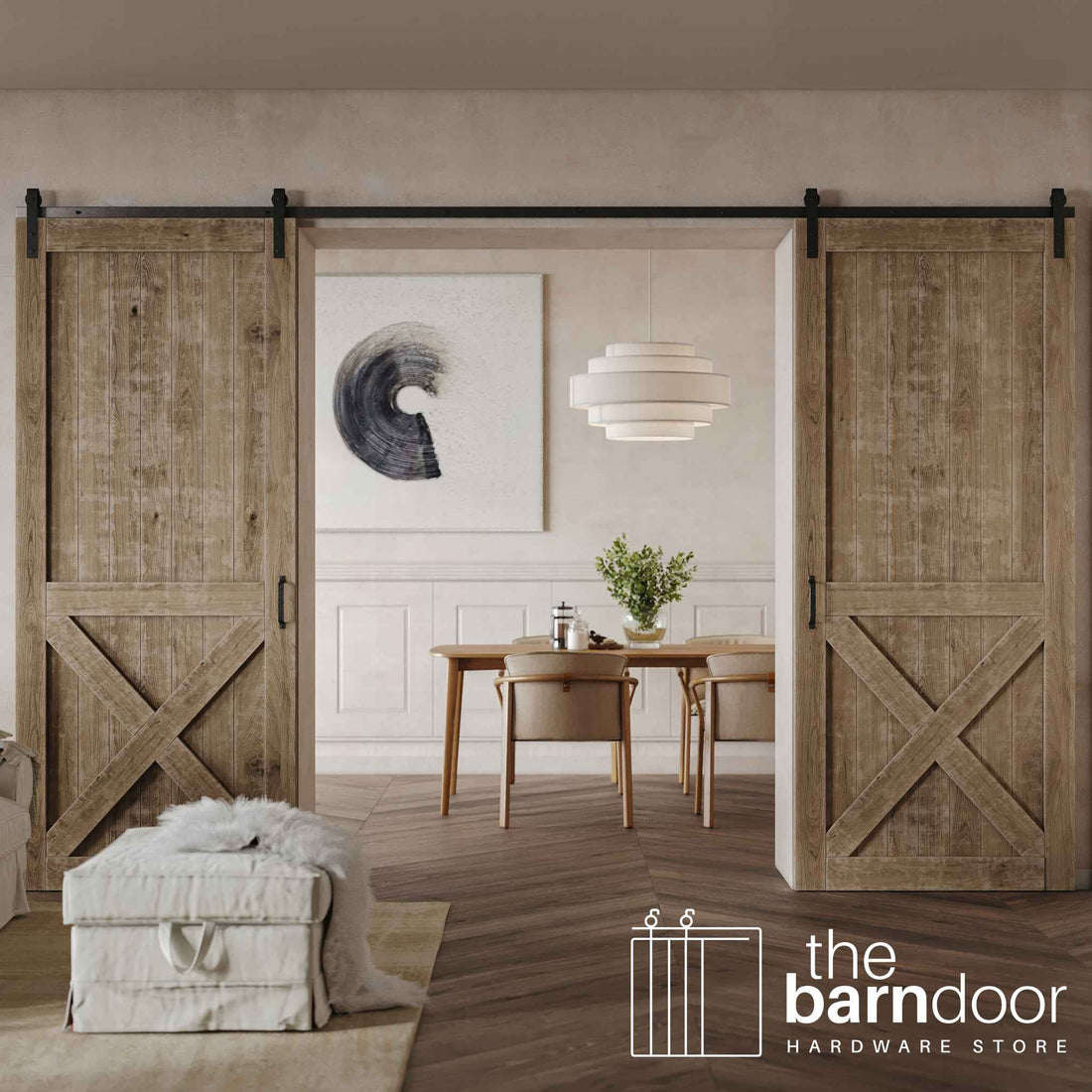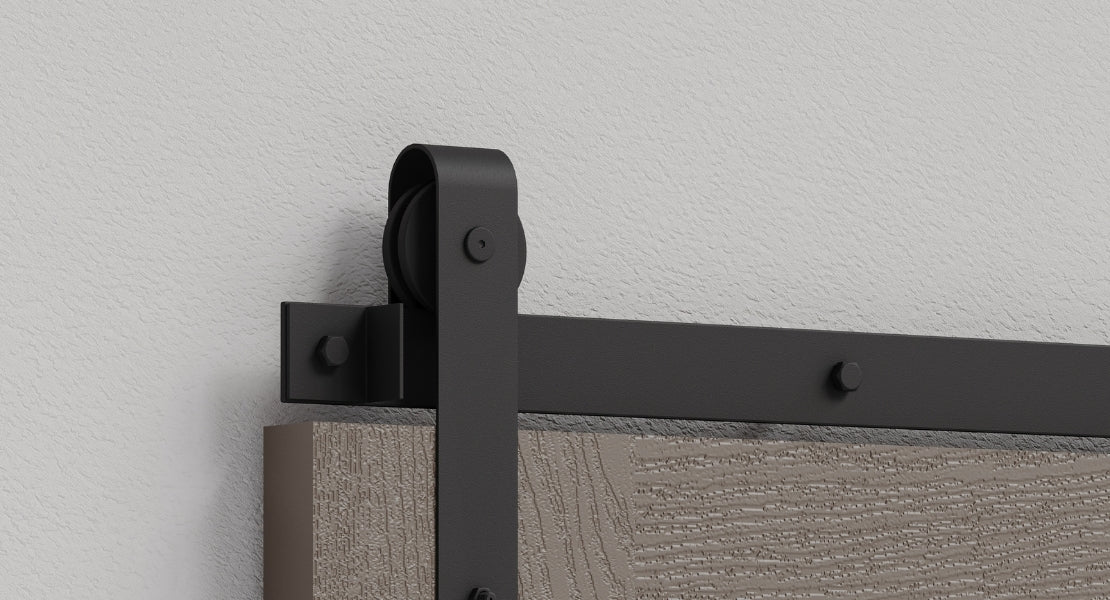
Sensory Design | Creating Immersive Interiors
We’ve all walked into a space and felt something tangible. Maybe it’s instant calm, a surge of energy or a comforting sense of familiarity. Often, we attribute this feeling to the visual aesthetics—the colors, the furniture, the layout. But what if the experience goes toward engaging all our senses, creating a truly immersive, and memorable environment? This is the world of sensory design.
This blog will touch on elements to create a sensation of immersive interior design, activating more than our eyes alone.

The benefits of sensory design interior design
Interior design is primarily focused on the visual. Yes, aesthetics are undeniably important, but limiting our design considerations to sight alone is a fallacy considering everyone’s unique sensory preferences. This is where the concept of sensory interior design comes in, inviting us to craft spaces that resonate with our more honest interior selves.
Typical elements of sensory interiors
Picture a room that activates the different parts of your body more profoundly. Some classic focuses or approaches could include:
- Sight elements could be activated by unique design elements, and increase in natural light
- Tactile touch elements like sliding barn doors or plush textured cushions
- Scents (and to an extent tastes) activated by distinct materials or features
- Sounds like rustling leaves or other interior design elements integrated in and out
This approach goes above and beyond decoration. By consciously considering each sensory input, we can transform our homes from static spaces into dynamic environments that nurture our well-being and enrich our daily lives.
Looking beyond aesthetics alone
Visuals remain a cornerstone of interior design, even with a sensory focus. The psychology of color, for instance, is a powerful tool in shaping our emotional landscape. Similarly, light plays a crucial role in setting the mood. Soft, diffused light can create a sense of intimacy, while bright, focused light can enhance productivity. These are important factors to consider while choosing elements like paint, fabrics, lighting, and window installations.
Then comes visual texture. Consider the sensory response you might have to the smooth coolness of marble compared to the rough warmth of exposed natural wood. This is another example of how visual elements, when thoughtfully combined, lay the foundation for a multi-sensory experience.
Designing for auditory comfort
The auditory environment of our homes significantly impacts our well-being. Excessive noise can lead to stress and distraction, while a curated soundscape can promote relaxation. Acoustic design principles, such as incorporating sound-absorbing materials like rugs, curtains, and upholstered furniture, can improve comfort. Similarly, quiet door hardware can make it a lot easier to move smoothly through the home.
We can also intentionally introduce pleasant sounds. The gentle trickling of a water feature, the soft melody of ambient music, or even natural outdoor sounds filtering in can contribute to an atmosphere.
Entering the olfactory dimension
The sense of smell is linked to memory and emotion. Certain scents can instantly transport us to specific moments or evoke feelings. The olfactory dimension is often an afterthought, but intentionally incorporating scents in sensory design can profoundly impact the atmosphere of a home. Aromatherapy diffusers or fragrant plants can release calming or invigorating smells in a space, subtly influencing our mood.
You can even make subtle aroma differences by incorporating different styles of wood into the home, with elements like wooden barn doors even potentially creating a comforting scent in the property.
Considering tactile interior design
Our sense of touch connects us physically to our surroundings. The textures and physical sensations we encounter throughout our home—the smooth coolness of a countertop, the soft embrace of a favorite armchair, the smooth slide of the perfect sliding wooden barn door – all contribute to our sensory experience.
Even something as simple as a chunky knit throw can create coziness, while a sleek leather sofa exudes sophistication. Even seemingly small details, like the feel of a door handle, contribute to the overall tactile experience. Designing with your tactile nature in mind creates a more practically engaging environment that encourages interaction.
Using barn doors for sensory design
Even functional architectural elements like doors can contribute to the holistic sensory experience of a space. Consider barn doors. Visually, these doors make a statement. Whether crafted from rustic reclaimed wood, boasting a sleek modern finish or featuring bold hardware, these doors add a distinct textural and visual element to a room, potentially inspiring a farmhouse, industrial or even minimalist feel.
Beyond the visual, barn doors can engage our sense of sound. The gentle glide of the door along its track, or perhaps a more pronounced, rustic rumble depending on the hardware you choose, creates a unique auditory element. The weight and texture of the handle and mechanism, as you slide the door open or closed, offer a tactile connection to the space. Furthermore, the way these doors function influences our spatial experience. Opening it can create a sense of flow, while closing it offers a defined sense of separation and privacy. Even in the realm of biophilic design, a barn door crafted from natural wood can enhance the connection to the outdoors.
Integrating sensory design principles
Designing for the senses isn't about overwhelming a space with stimuli. It's about thoughtful curation and balance. Consider the overall feeling you want to evoke in each room and intentionally select elements that contribute to that sensory goal.
- Think about the world you want to see when you open the door
- Consider the smells that make you feel calm, invigorated, or focused
- Make note of your sensitivity to sound and your desire for quiet
- Hone in your tactile desires in terms of touch and movement
At the end of the day, personalization is key. Engaging the senses with your home is a way to breathe new life into the property and yourself. You could focus on the integration of plants, the tactile approach of using barn doors or any of the other elements we’ve described. Just make it you.
For more insights into interior design and barn doors, visit our blog today.


